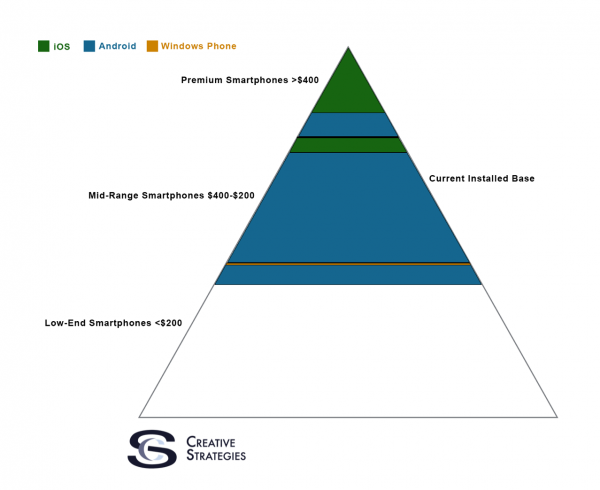So, basically your question is "Should I buy a device that uses the same technology as every other smart phone but costs substantially more, has few useful software features, hundreds of apps that all do the same thing, and will be considered gauche in a year?"
Yes. Because:
- Apple's ecosystem is more tightly integrated with its own devices/software/services as well as major partner companies. Look at how many credit card companies and banks support Apple Pay.
- iOS is more secure and reliable than Android. (See "Stagefright" exploit and "Google won’t fix security bug in nearly a billion Android phones")
- iOS developers are quicker to adopt the latest APIs/features because iOS users update their OS far faster than Android. (iOS 9 adoption is at 50% in less than a week. Android Lollipop took 5 months to reach 12%.)
- when iOS devices break, there is free face-to-face customer support at Apple Stores. And often times, they'll replace broken devices with brand new ones, for no extra charge. (Where do Android users take their phones when they break?)
All of those points have value that some consumers find worthy of paying a premium for. None of these points are ever highlighted in spec sheets, but they are real things that convert first-time Apple customers into happy, loyal ones.
Everyone wants to maximize their bang for their buck. But there are two kinds of people:
- those who focus on minimizing the cost
- those who focus on maximizing the value
Loyal Apple customers are the latter.
